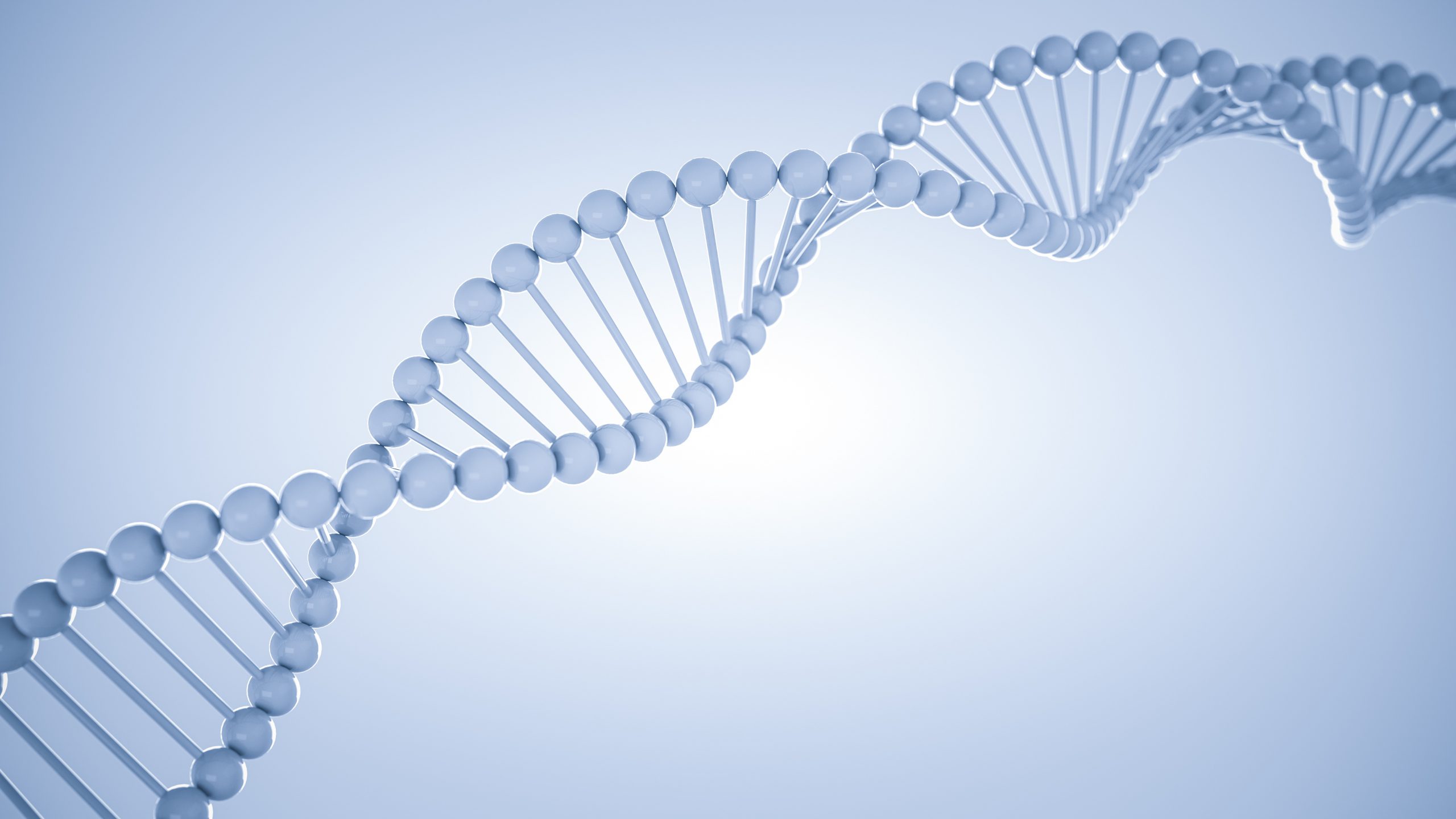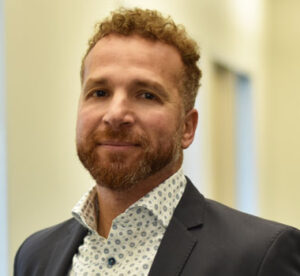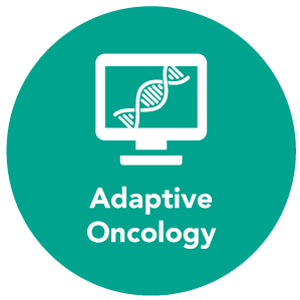An OICR study explored the molecular and population level forces driving allele-specific expression.
The genes we inherit from our parents determine many things about us, from our height and eye colour to our chances of getting diseases like cancer.
Each parent contributes equally, passing on one copy of each gene known as an allele. But the way those genes are expressed in our traits isn’t always equal.
That unequal expression of genes is known as allele-specific expression (ASE) and it can actually protect us from some of the harmful things coded into our DNA.

University of Toronto PhD candidate Michelle Harwood recently led a study to find out what drives ASE, both at a molecular and a population level, using genetic data from the Canadian Partnership for Tomorrow’s Health (CanPath).
“We wanted to know whether ASE was occurring randomly or if there was a pattern,” says Harwood, who is based in Dr. Philip Awadalla’s lab at OICR.
The study results, published in Science Advances, provide new insights on how the forces of natural selection influence the expression of our genes, and could have implications for how we understand the risk and severity of diseases like cancer.
In its simplest terms, ASE is the over- or under-expression of one of the two alleles inherited from our parents. This can cause our phenotype (our physical traits) to be different than what would be expected from our genotype (our genetic makeup).
What makes ASE particularly interesting in a disease context is that it can cause harmful genetic mutations like the ones associated with cancer to be under-expressed. This in turn might cause a person to have less severe disease than someone with the exact same mutation.
This ‘protective’ phenomenon has already been documented in diseases like cancer, and Harwood and her colleagues wanted to know about the forces behind it.
They looked at the genomes of different population groups within the province of Quebec, including French Canadians with largely European ancestry, and recent immigrants with largely African heritage. They found that genetic diversity is an important driver of ASE, at both molecular and population levels.
Harwood and colleagues observed that parts of the genome with high levels of recombination — a natural re-shuffling of the alleles in a chromosome — had more ‘efficient’ ASE, meaning there was more under-expression of harmful mutations. This was similar to the patterns they observed across many different tissue types in data from the Genotype Tissue Expression (GTEx) consortium.
The size and diversity of a population were also important drivers. Individuals from older and more genetically diverse populations, like the African diaspora in Quebec, had more efficient ASE than the less-diverse French-Canadian population
“Over time, with more recombination, and in larger populations, there are more genetic combinations available for natural selection to act,” Harwood says. “While ASE can happen randomly, it’s natural selection that is causing it to be protective.”
Harwood and colleagues also looked at the influence of environmental factors on ASE. When comparing individuals with the same genetic ancestry but who live in a different geographic location of Quebec, they found differences in ASE in numerous genes. Although the specific environmental factors at play were not investigated, a 2018 study from the Awadalla lab suggests it could be due to different pollutant levels amongst Quebec subpopulations.
Though not covered in Harwood’s study, increasing our understanding of ASE and what causes it could have implications for cancer. Finding out a whether a cancer-driving mutation is over- or under-expressed in a particular person could potentially help predict their chances of severe disease.
The next step for Harwood is to explore the relationship between ASE and immunity, and whether ASE changes with immune response. Many genes identified in this current study were immune-related, so Harwood aims to explore these further at the single-cell level in blood.
She says that what she is learning about ASE and the factors behind it show just how immensely diverse humans are and how the mechanisms behind this diversity are complex but integral to our understanding of human evolution and disease progression.
“The world is so large and there are so many people out there, but yet we’re all so unique,” Harwood says.




